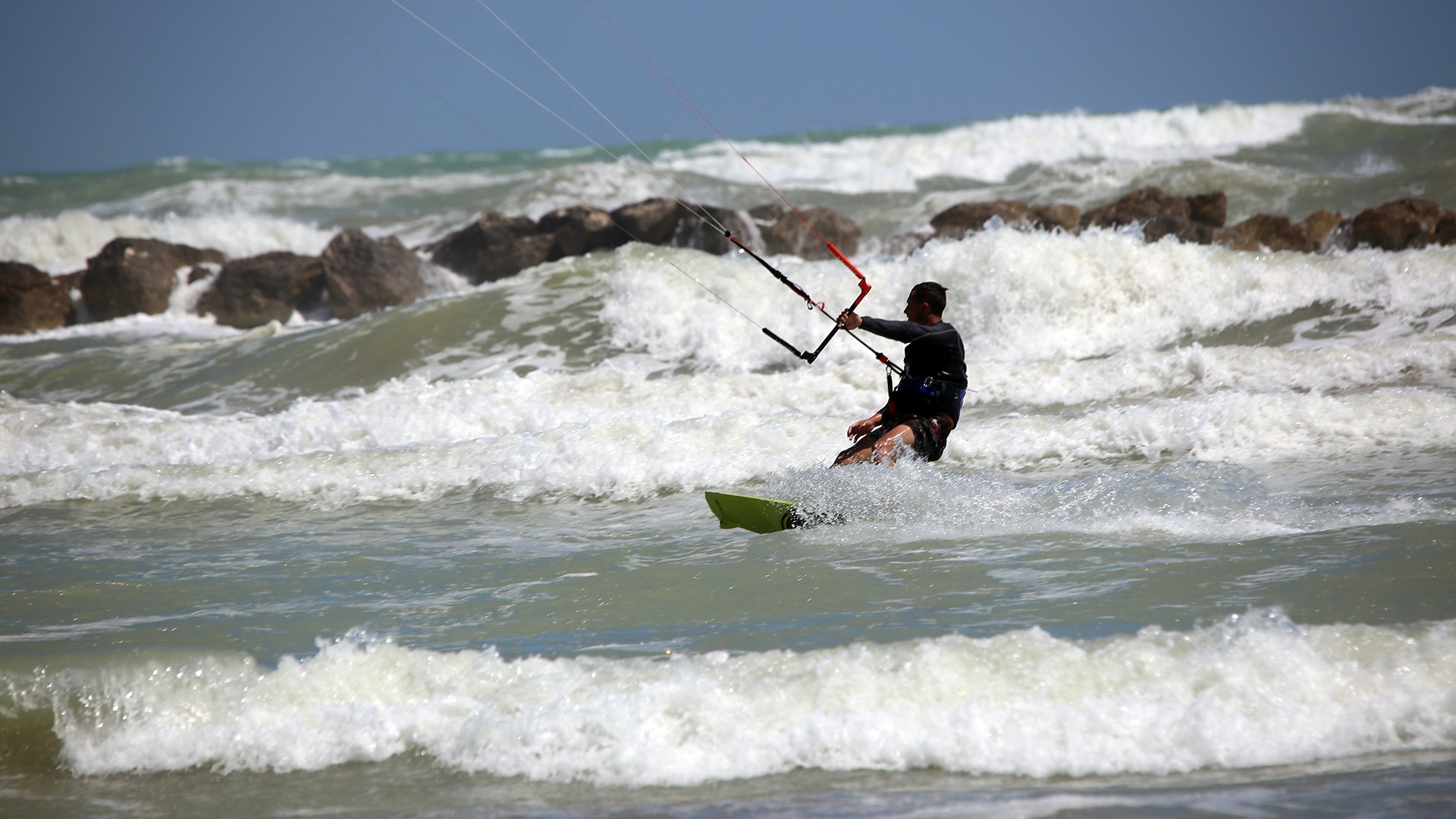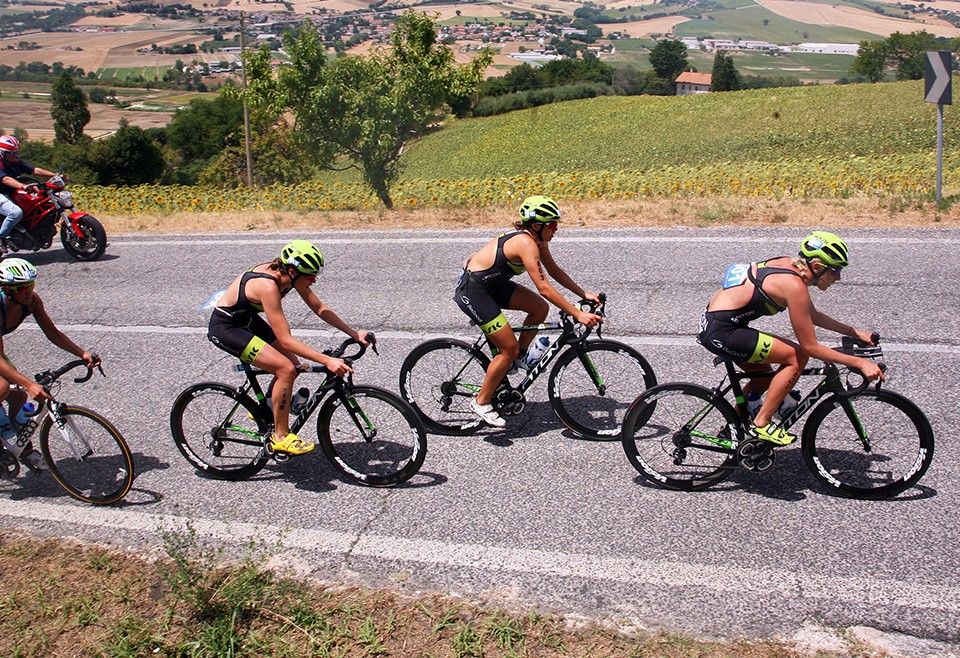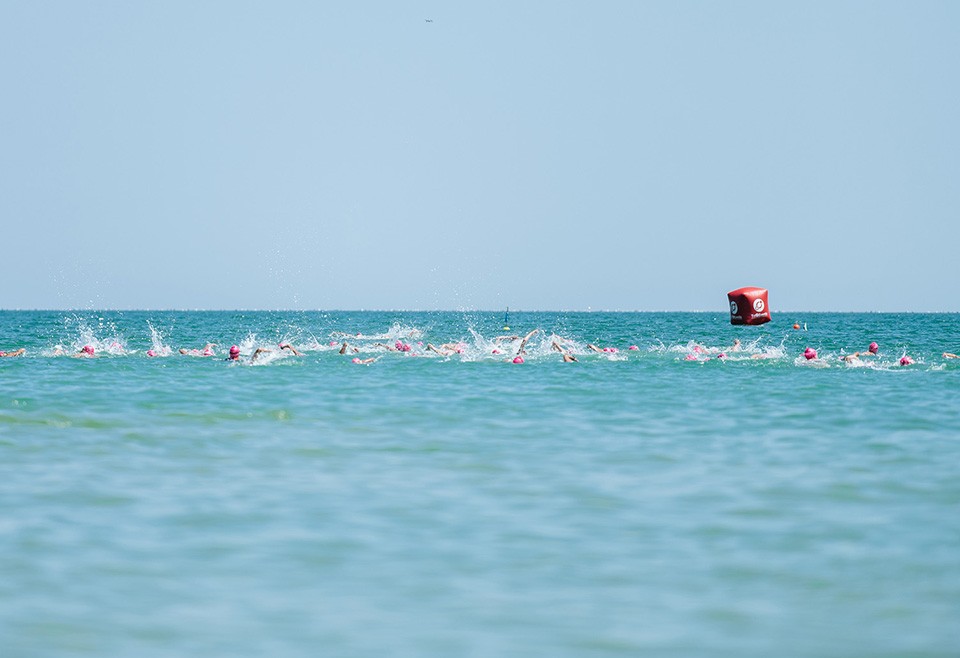SENIGALLIA
Senigallia today is one of the most evocative seaside towns of the Marche, with a long sandy beach, made up of so small grains that it is worth the nickname "velvet beach".
Being, Senigallia a very popular resort offers tourists many accommodation facilities divided between hotels, holiday homes and campsites, but not only, being a seaside town it offers various bathing establishments.
The history of tourism dates back to the early 1900s and its symbol soon became the Rotonda a Mare, inaugurated in 1933. This beautiful building underwent several destructions and reconstructions, the last in recent years, in fact the Rotonda was reopened in the summer of 2006 with the intention of making it become a privileged place for entertainment. It has returned to its former glory and especially at night it is one of the main attractions of the city, rising directly in the middle of the water.
What to see in Senigallia
Senigallia is not only a beautiful seaside resort where you can spend holidays in the name of relaxation, sun and fun, but also a lovely old town with several palaces, churches and monuments that are worth seeing to fully appreciate the beauty of the city.
The fortress
La Rocca is one of the most characteristic buildings to see in Senigallia, built as a defensive structure, over the centuries it saw the superimposition of different architectural styles, becoming not only a fortress but also the home of rich noble families. Today it periodically hosts art exhibitions and cultural events.
Duke's Palace
Near the Rocca there are other buildings of a certain value: Palazzo del Duca, dating back to 1500 and strongly desired by the Della Rovere, inside is the splendid coffered ceiling that can be admired in the Throne Room;
Fountain of the Lions
The Fountain of the Anatre, also known as the Fountain of the Lions, is decentralized with respect to the square, as this was used for parades and exercises; the Palazzetto Baviera, a construction built more or less in the same period as the Rocca, by the will of Giovanni Giacomo Baviera.
The Fountain of Neptune
Walking through the streets of the center you can see Piazza Roma, with the beautiful fountain of Neptune and the facade of the Government Palace, dating back to 1600; Palazzo Mastai, residence of the Mastai family until the early 1900s, has now become a museum where precious relics that belonged to Pope Pius IX are exhibited.
The Foro Annonario and the fruit market
Even the Foro Annonario, where the fruit, vegetable and fish market is held daily, has an architectural structure of some interest; designed in 1834 in neoclassical style, it is characterized by a circular portico with 24 Doric columns. Designed in 1834 by the Senigallian architect Pietro Ghinelli.
The Museums of Senigallia
For archeology enthusiasts it will be interesting to discover the Roman remains that came to light following the excavations carried out to build the New Teatro La Fenice, in 1989.
To complete the tour of Senigallia you can visit 3 museums:
the Diocesan Art Gallery of Sacred Art, with works dating back to between 1500 and 1800,
the Museum of the history of sharecropping
the Museum of Modern Art, Information and Photography.














